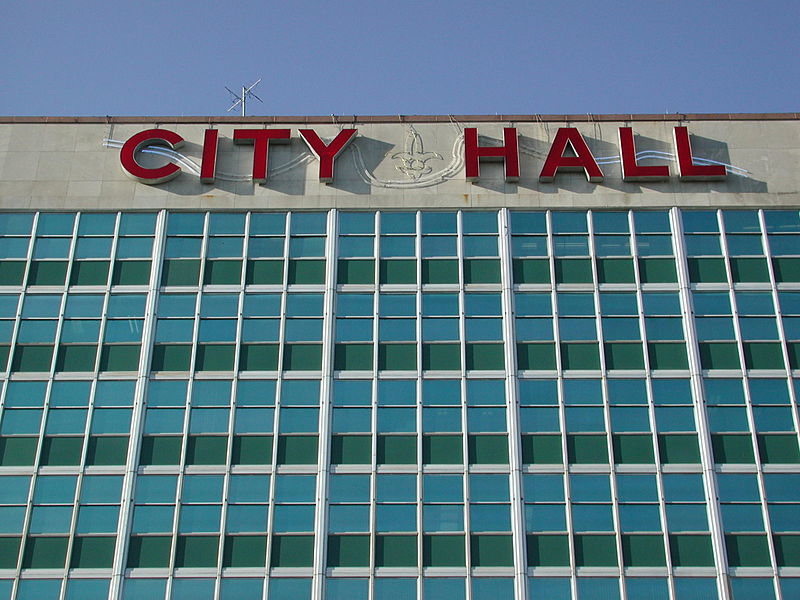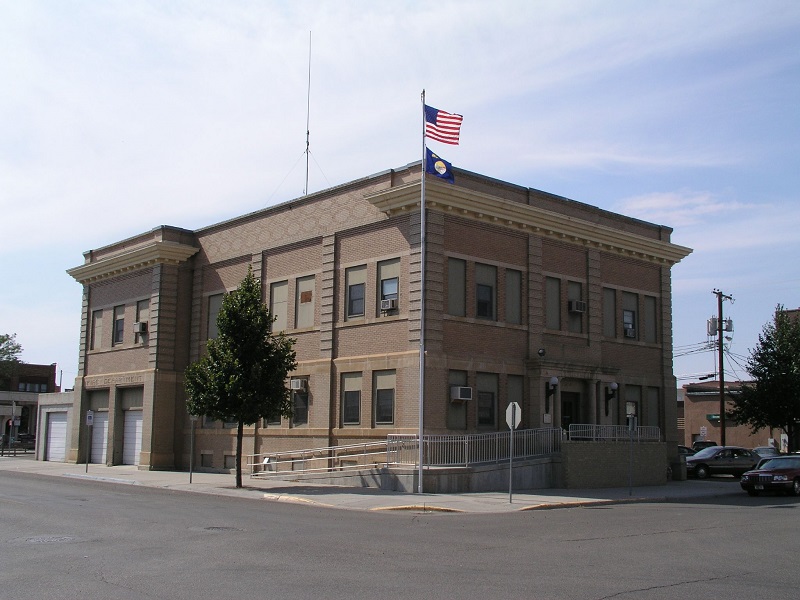Building Accessibility
New Construction
New construction and alterations must be readily accessible to and usable by people with disabilities. Here are the compliance dates and the applicable ADA Standards.
| Compliance Date for New Construction or Alterations | Applicable Standards |
|---|---|
| Before September 15, 2010 | 1991 ADA Standards for Accessible Design or Uniform Federal Accessibility Standards |
| On or after September 15, 2010, and before March 15, 2012 | 1991 ADA Standards, Uniform Federal Accessibility Standards, or 2010 ADA Standards |
| On or after March 15, 2012 | 2010 ADA Standards |
All areas of newly designed and newly constructed buildings and facilities and altered portions of existing buildings and facilities must comply with the requirements even if the use type is not listed in the Standards.
Examples
-
There is no section in the ADA Standards called “Science Lab,” however a science lab in a school must be accessible. Designers should use the Chapter 3 building blocks that address reach ranges, knee and toe clearance, clear floor space, protruding objects and operable parts when designing the space.
All areas must comply unless specifically exempted in the Standards or where scoping limits the number of multiple elements required to be accessible.
Examples
-
Single occupant structures accessed only by passageways below grade or elevated above standard curb height, such as toll booths that are accessed only by underground tunnels, are not required to comply with the requirements or to be on an accessible route.
-
If single user toilet rooms of the same type are clustered, only 50% of the rooms are required to be accessible.
-
In buildings and facilities 60% of entrances need to be accessible. If there are three or more entrances, an inaccessible entrance is permitted.
Alterations
Where elements or spaces are altered, the altered element or space must comply with the ADA Standards; except where compliance would be "technically infeasible.” If compliance is technically infeasible, the alteration must comply to the maximum extent feasible. Technically infeasible means: “… something that has little likelihood of being accomplished because existing structural conditions would require removing or altering a load-bearing member that is an essential part of the structural frame; or because other existing physical or site constraints prohibit modification or addition of elements, spaces, or features that are in full and strict compliance with the minimum requirements. “ Note that cost is not a factor in a technical infeasibility determination.
Alterations to primary function areas - where major activities take place - require additional accessibility. Primary function areas include the dining area of a cafeteria, the meeting rooms in a conference center, the classrooms in a school, as well as offices and other work areas in which the activities of the public entity take place. Restrooms are not primary function areas unless the provision of restrooms is a primary purpose of the area, for example, in highway rest stops. Alterations to primary function areas trigger an accessible "path of travel" requirement, that is, a requirement to make the path of travel from the entrance to the altered primary function area -- and telephones, restrooms, and drinking fountains that serve the altered area – accessible. An accessible path of travel may consist of walkways, parking access aisles, curb ramps, regular ramps, doorways, paths through lobbies and corridors, elevators and lifts.
An entity is not required to spend more than 20% of the cost of the original alteration on making the path of travel accessible, even if this cost limitation results in less than full accessibility. When the cost of alterations necessary to make the path of travel to the altered area fully accessible is disproportionate to the cost of the overall alteration, the path of travel shall be made accessible to the extent that it can be made accessible without incurring disproportionate costs.
Alterations undertaken within a three year period are considered when determining disproportionality. A lift that would cost more than 20% of the cost of an alteration, may be 20% or less when adding together alterations to primary function areas within a few years.
Examples
-
A public college is spending $45,000 on alterations to a cafeteria. The building has an accessible entrance and an accessible route to this area. The toilet rooms that serve the area are not accessible. The cost of altering a single user accessible toilet room is $11,000. Twenty percent of $45,000 is $9,000. Thus the cost to make the toilet rooms accessible is disproportionate to the overall cost of the alterations. The next year the school spends $50,000 on alterations to the auditorium. Since this toilet room serves the auditorium as well as the cafeteria, and the cost is no longer disproportionate, the toilet room needs to be made accessible.
-
The maps room on the second floor of a public library is undergoing a $30,000 alteration. The building has an accessible entrance and elevator. Because the maps room is in an old addition, there are four steps between the elevator and the room. Installing a ramp is technically infeasible. Because of limited space the slope would be 1:6. A platform lift would cost $10,000 which is greater than 20% of $30,000 ($6,000.) Plus the lift would block emergency egress regulations. Thus providing an accessible route to the maps room is not required. The library still has a program accessibility obligation, but it doesn’t necessarily have to include a structural change to the building, such as adding a lift. There could be a database of maps. Staff could take maps to a room in an access location upon request.
Title II Regulations 28 § 35.151
New construction and alterations:
(iii) Disproportionality. (A) Alterations made to provide an accessible path of travel to the altered area will be deemed disproportionate to the overall alteration when the cost exceeds 20% of the cost of the alteration to the primary function area.
Historic Preservation
Buildings that are eligible for listing in the National Register of Historic Places or designated as historic under state or local law are not required to take any action that would “threaten or destroy” the historic significance of the property. Where the State Historic Preservation Officer or Advisory Council on Historic Preservation determines that compliance with the requirements for accessible routes, entrances, or toilet facilities would threaten or destroy the historic significance of the building or facility, the exceptions for alterations to qualified historic buildings or facilities for that element shall be permitted to apply.
Historic preservation programs whose primary purpose is for visitors to experience the historic site itself (as opposed to other types of programs that happen to be housed in historic buildings) should make the facility accessible. Where it is not feasible to provide physical access without threatening or destroying the historic significance of the property, alternative methods of achieving program access must be used.
Frequently used methods include using audio-visual materials and devices to depict those portions of an historic property that cannot otherwise be made accessible and assigning staff or volunteers to guide people with disabilities into or through portions of historic properties that cannot otherwise be made accessible. The regulations encourage public entities to develop other innovative methods to ensure program access.
Examples
-
A town owns an historic house. Alterations are planned so it can be used as a museum. The architect concludes that most of the ADA Standards for alterations can be applied; however, there appears to be a problem, if one of the interior doors is widened historic decorative features on the door might be destroyed. The architect holds a meeting with the State Historic Preservation Officer, a local disability group and the ADA Coordinator. The participants agree that the ADA Standards cannot be applied to the interior door. The town provides access to the program offered in that room through a video presentation of the items within the inaccessible room. The video can be viewed in a nearby accessible room in the museum.
Title II Regulations 28 § 35.150
Existing facilities:
(a) General. A public entity shall operate each service, program, or activity so that the service, program, or activity, when viewed in its entirety, is readily accessible to and usable by individuals with disabilities. This paragraph does not— (2) Require a public entity to take any action that would threaten or destroy the historic significance of an historic property




User Comments/Questions
Add Comment/Question